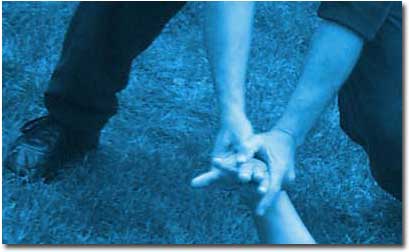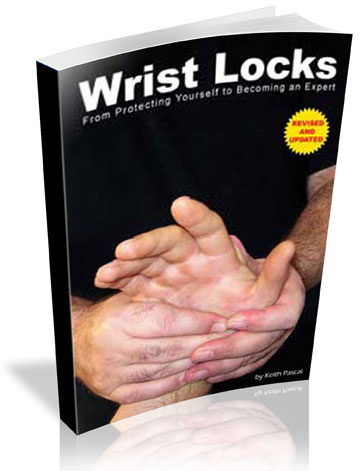
Blog
|
Police have to defend themselves too. Unfortunately, often they could easily be accused of using excessive force.

It's better to avoid strikes or damaging blows, if at all possible. Instead, control with a joint lock of some type. In a court of law a wrist lock will be seen as minimal use of force. As the officer, you were restrained. You controlled and led, rather than hit.
You have the Option of Causing More PainThe beauty of wrist locks and joint locks is that you have the option of raising the level of control ... to include more violent actions, if necessary. Should the need arise.You control the aggressive behavior, but the energetic soul persists. At the point where he could endanger others, it might be warranted for you to get ... a little more aggressive as well.
Which Joint Locks Should Police Use for Self Defense?Start with the locks that you can get into from a grab.Does this make sense? Legally, you are more justified applying a wrist lock, if you are removing a grab to your person. You are controlling, in order to protect your body. Examples of these locks are:
* The Double Ninety Wrist Lock * Nasty Handshake Lock * Any finger lock
Police Self-Defense Locking TipsIf you are going to practice wrist locks for restraining moves, then you have to be aware at all times. Just because you are locking one wrist, doesn't mean that the other fist has suddenly vanished.Make sure you find a wrist-lock book or class that teaches you about łthe other hand.˛ You need to learn both the proper angles and the correct pressure, to take the other side of your arrestee's body out of the equation. With the proper tension, you can prevent your detainee from resisting in any way. Once you have control, it's easier for you to give directions. Directions that must be following. Imperatives that must be obeyed. Why? Because you are in control.
Now, this new and revised edition has 423 new photos -- joint-lock sequences to help you control others with ease. It also boasts new locks and two new bonus chapters, featuring Steve Golden, an original Bruce Lee and Ed Parker student.
Read more about Wrist Locks Revised (available in soft cover) ....
|
 Of all of the martial arts books written by Keith Pascal, Wrist Locks: From Protecting Yourself to Becoming an Expert is the book that martial artists enjoy working through the most.
Of all of the martial arts books written by Keith Pascal, Wrist Locks: From Protecting Yourself to Becoming an Expert is the book that martial artists enjoy working through the most.